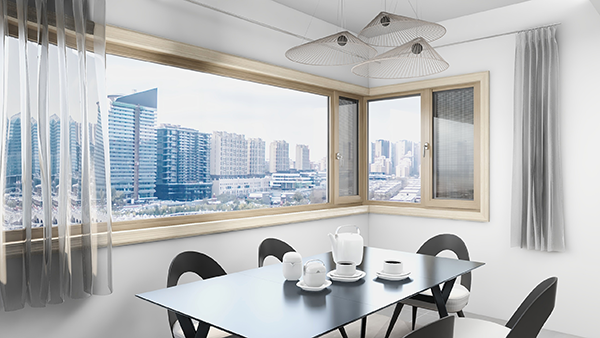When it comes to choosing the right windows for your home, the options can be overwhelming. Casement and sliding windows are two common choices, and both offer unique benefits and features. Understanding the differences between these two types of windows will help you make an informed decision for your home.
Introduction to Casement and Sliding Windows
Casement windows are hinged on the side and open inward or outward with a crank mechanism. Casement windows are preferred for bedrooms, living rooms and kitchens because they open to maximize views and ventilation, while when closed they provide good airtightness, helping to keep you comfortable and reduce energy costs.
Sliding windows have a sash that slides horizontally along a track, making them a great space-saving option. Sliding windows are often used in modern and contemporary homes because they have a sleek and minimalist look. Sliding windows are easy to operate and low maintenance, making them a convenient choice for many homeowners.
The Difference Between Casement and Sliding Windows
One of the main differences between casement and sliding windows is their ventilation capabilities. Casement windows can be opened fully, which provides better air circulation and ventilation compared to sliding windows. Another difference is aesthetics and architectural compatibility. Casement windows are often favoured by traditional and classic furniture styles, adding a touch of elegance and glamour, while sliding windows are a popular choice for modern and contemporary homes, complementing clean lines and minimalist designs.
The choice between casement and sliding windows ultimately depends on your specific needs, preferences, and the architectural style of your home. Whether you prioritize ventilation, aesthetics or ease of use, both options offer unique benefits that enhance the comfort and functionality of your living space. By understanding the differences between the two, you can make an informed decision that suits your home and lifestyle.

Post time: Jun-06-2024




